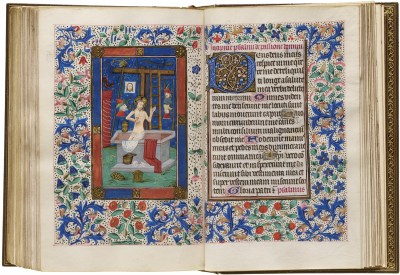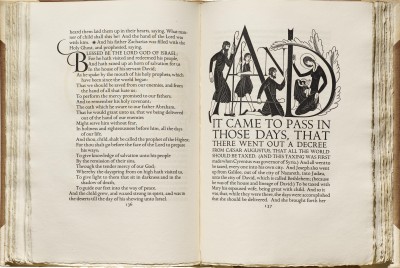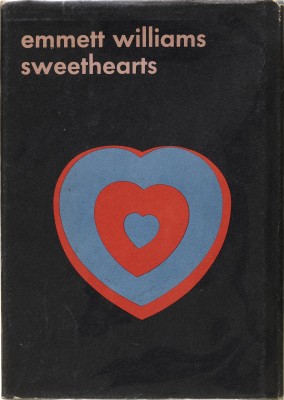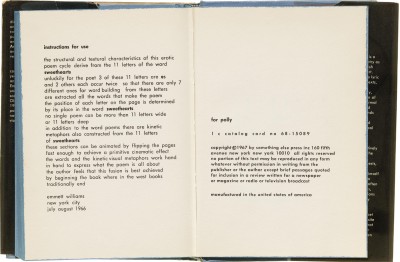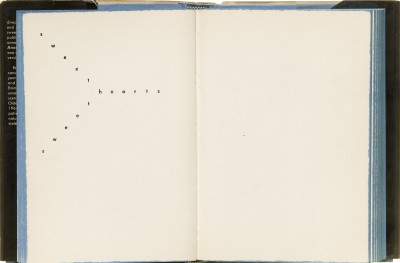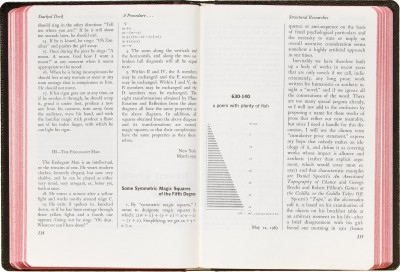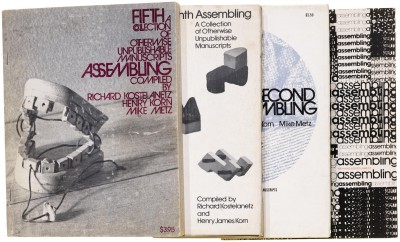News
Thank you, Amelia
After over four years as our librarian, Amelia Grounds is turning the page for a new role at UC Berkeley’s Bancroft Library. Here are a few of her proudest accomplishments and favorite things from the Archive.
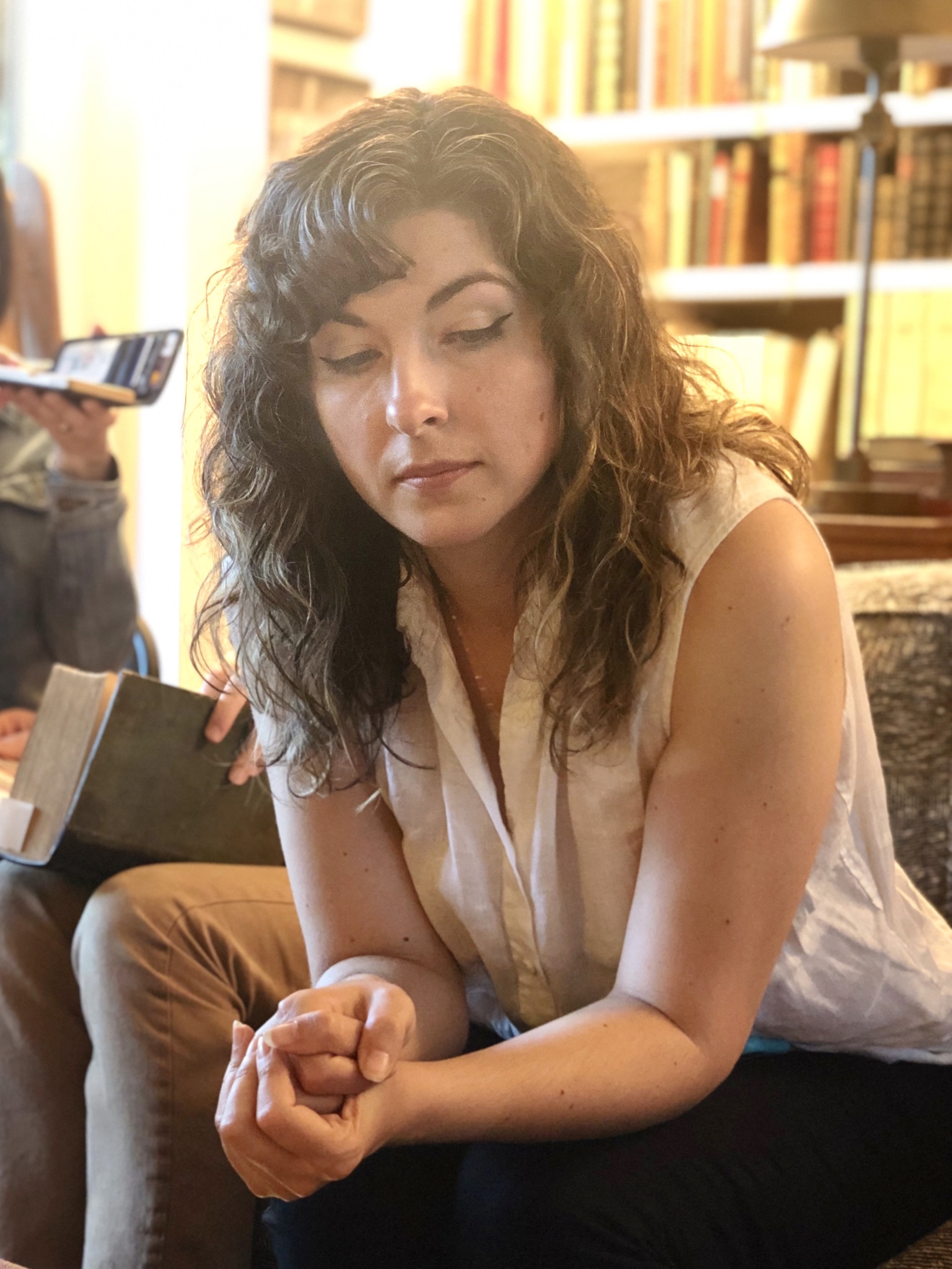
When Amelia joined Letterform Archive in October 2015 she was employee number three. The collection was less than a quarter of its current size. There were no established policies for acquisitions, preservation, shelving, or programming, and there certainly was no such thing as an Online Archive. Our growth and success in all these areas is due in large part to her wide-ranging expertise and steady leadership. Her contributions not only left an indelible mark on the Archive, they helped define who we are.
How did your time here at the Archive differ from your previous experiences at more established institutions like University College London, Stanford, and the Royal Asiatic Society?
AG: The Archive is one of the youngest organizations I have worked for. I’ve worked for other young organizations but the Archive has certainly been the fastest growing, and the place that has had the most devoted community.
What surprised you most about the collection?
The collection is broader than many people realize. It’s not just about type, calligraphy, or printing. These specific areas speak to specific groups, and they are often a way for them to discover the Archive, but the whole collection is much broader in terms of communication and design. I’ve always said that the Archive’s collection is really a history of graphic design with a special interest in letterforms; it’s a collection that speaks to the history of visual culture.
When I came to the Archive I had a strong background in book history, medieval studies, and artist books, and I was able to bring those experiences to interpreting the collection for our guests. But the Archive also introduced me to many things I’d never explored before, such as conceptual and concrete poetry. Artists like Bern Porter and Dick Higgins opened up a new world of things I never studied in school and hadn’t worked with in other collections.
A Few of Amelia’s Favorite Things from the Archive Collection
What surprised you most about the team or the community?
The passion of both the Archive’s team and its community has been very meaningful to me. It’s often true that researchers who come to special collection libraries are passionate—they have ended up there because their research has taken them through all of the readily available monographs on a subject and they are making the trip to special collections to see rare or unique items. At the Archive, because graphic design falls between many disciplines of institutional collecting it can be hard to access, and primary works are often not collected making these materials doubly hard to access.
The other thing I’d like to mention is how vibrant our volunteer team has been. When I started the program I had lots of experience with several other library volunteer projects. I was realistic about the availability and retention challenges surrounding using volunteer labor, but was so pleasantly surprised by the enthusiastic response we got from the Archive community basically from day one. I hadn’t realized when we started that unlike other library volunteer pools, which primarily have to rely on student and retired volunteers due to scheduling around work hours, many graphic designers have flexible schedules and can easily arrange their schedule to accommodate volunteering. The Archive is lucky to have an engaged audience that is available to pitch in. They also become our ambassadors — so much more than just doing the work with the collection, they told their friends and built our community.
What are your most important accomplishments at the Archive? When you look back at your time there what makes you most proud?
I’d say, starting from almost nothing. When I arrived, the collection was fairly organized. It had some administrative structures. There was a framework, but it was only the beginning. We were able to move from that starting place to a fully functional institution with working teams, as well as protocols and workflows for processing how materials get from a box on our doorstep through to the shelf and how they’re used on the table.
I am proud to have helped get these systems in place and establish some of the ways we serve the community. When I started, tours were much more formal and pedagogical. I really wanted to informalize that, to solve for the same goals in terms of knowledge about the collection and presentation skills, but do it in a way that was less critical and pressurized. At that time we also had a number of people joining the team at once. How do we train and guide them? That was an important moment for our guest experience and our team knowledge. Figuring out a means whereby everyone on the team would know more than just the basics about a given item was a real challenge. The collection is such a big black box; you need some way to start to get the story of why these things are here to be able to share that with guests in a meaningful and thoughtful way.
“When I joined, the Online Archive wasn’t even a dream yet … I was able to help define that dream.”
For a long time, the Online Archive was a pipe dream. But when I joined, it wasn’t even a dream yet; we didn’t have a vision for how we would share the collection with our internationally expanding audience. I was able to help define that dream, to frame what it could be. We knew our collection and our high-quality digital captures could become a visual source of inspiration, but I was able to help link cataloging systems and build on library standards. This way, we could connect to existing frameworks without losing the informal approach and focus on graphic design that makes the Online Archive special.
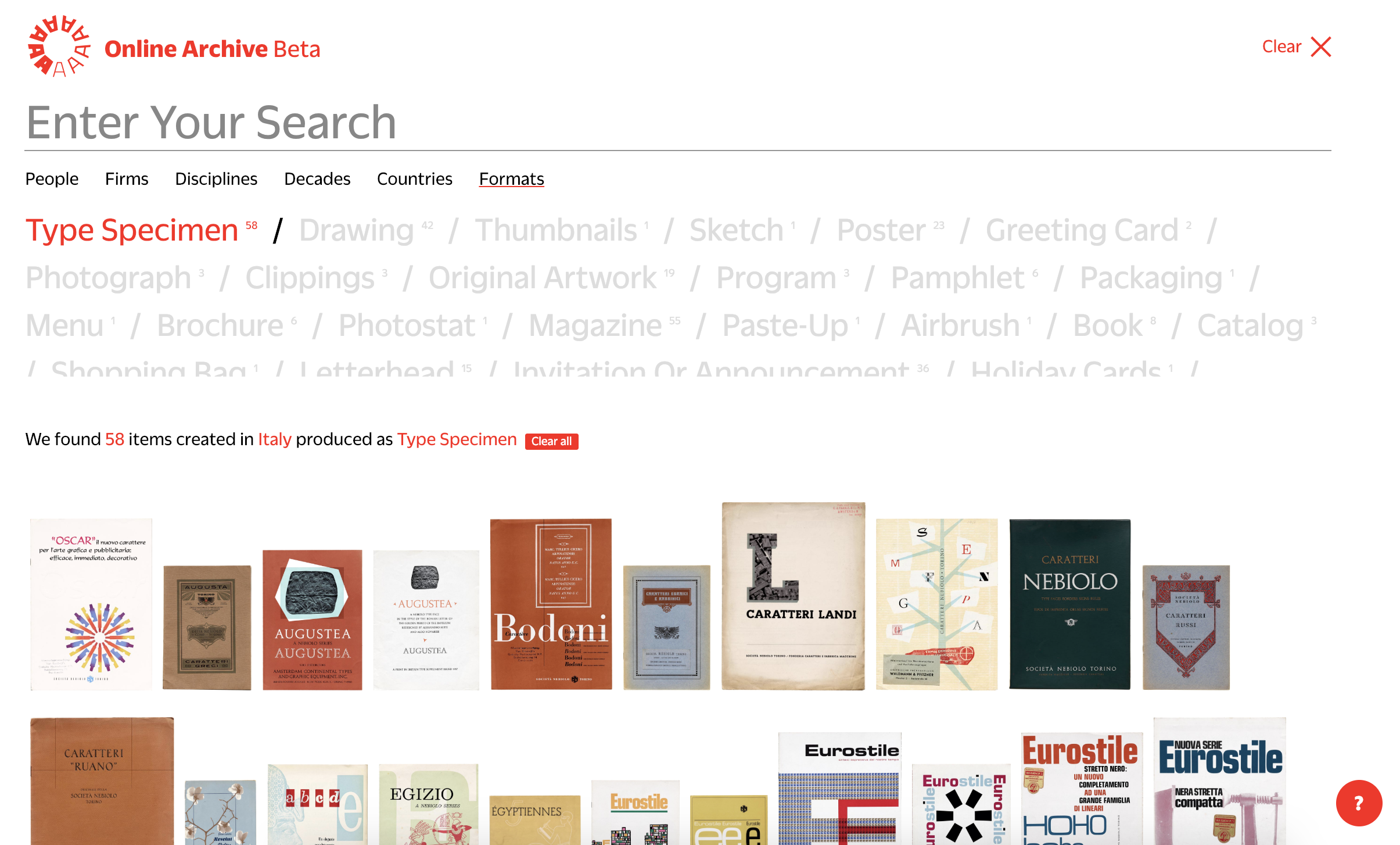
What are you most excited about in your new position at the Bancroft Library?
I’m looking forward to learning about a new collection. I have been reading a book about the history of the Bancroft written in the 2000s. It had just past nine million items at that time! It’s fascinating to soak in the history, the expanse, and the importance of the collection, and yet also see where I can help fill gaps.
I’m also interested to see how I can be a connector between various groups at the Bancroft. My role interfaces with many internal teams, as well as vendors, donors, and dealers. Sitting in this sort of hub I have an opportunity to build on those relationships.
I have always loved working at Cal. It’s special working for a public institution that cares about inclusivity, getting the widest range of students into the library, and opening doors to those who are the first in their family to go into secondary education. Their access to the collection is important.
What is next for special collections libraries? How have they changed since you entered the field, and what do you anticipate for the future?
Technology has certainly changed, but one thing I’ve been thinking about recently is that we are defining history. By taking something into the collection we’re making it a part of the historical record. We need to ask ourselves, “What are the voices not included?” For many years the curatorial goals of institutions were about the best copy of a particular printing, or checking off all the big names. Now it’s more about social movements, minorities, collections that are less represented.
“Librarians are making history, not just recording it.”
Librarians are making these choices for the future. Librarians are making history, not just recording it. The selections we make have consequences for how history is perceived. In 50 years time researchers will come to special collections, and what they find there will shape their view of the past. What is preserved becomes the voice of history.

